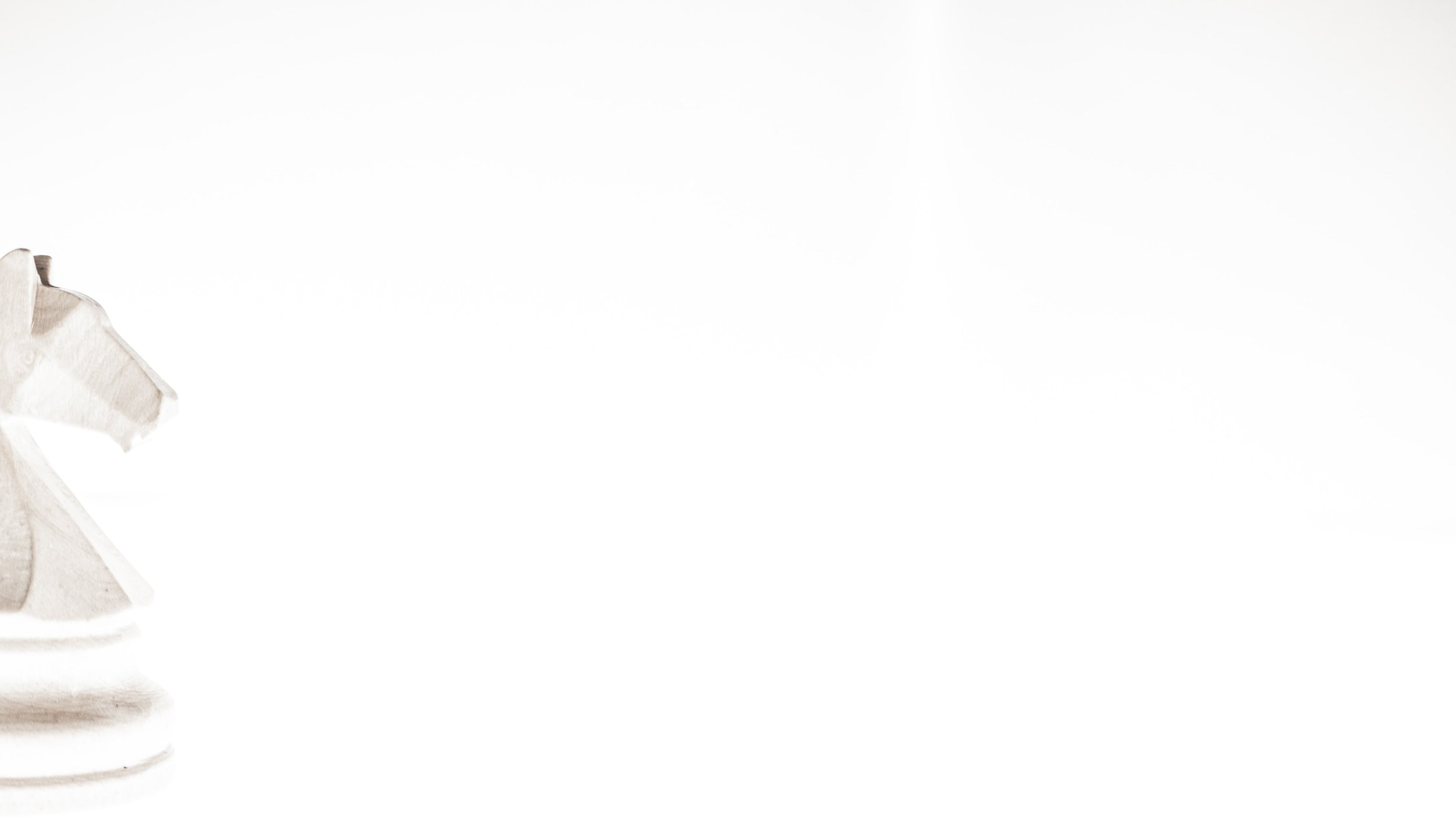
Enabling Resilience
For much of my life, I struggled to be resilient. Initially, even social interactions felt hard.
Even worse, I sought self-worth from external validation, further hurting my resilience.
I functioned normally – I completed a PhD, taught, consulted, conducted research, married, and had children. But the struggle didn’t go away. I changed jobs, industries, geographies, hoping that a new context would fix things. It didn’t work.
Something shifted after I turned forty. It was nothing sudden, just a slow-growing desire to not have to struggle. My training as a scholar came in handy, leading me to research on building resilience. I practiced what the research suggested on myself.
In my day job I consulted, coached, and taught strategy and leadership to senior executives. I noted that many of my clients struggled with resilience, though in different ways.
How I got here
This led me to help my clients develop the resilience-building skills I used in my own life.
When the pandemic arrived, I created this website to help my current and ex-clients to stay resilient through a series of blog posts. Now, I hope to share what I learn here in the hope that it might be useful for you.

“
Rarely do we find senior leaders who don’t know what they should do…
…more commonly, we find leaders who don’t always do what they know.
”
education
Consulting · mentoring · coaching and teaching
both giving and receiving have been a mainstay of my life.
/
I first learned to “coach” when I volunteered for a suicide hotline at 18.
Later, I mentored younger students who were struggling in the pressure cooker environment of the college we attended.
They probably came to me because I almost dropped out of college but didn’t. Though I repeated a year because of bad grades, I eventually managing to bring things back on track. Maybe that made me more approachable than others who seemed never to struggle.
At that time a friend with whom I would go climbing, taught me a valuable lesson. Don’t look at how far you must go at the beginning of a climb, he said. Just focus on putting one foot ahead of the other, deliberately, and mindfully. So, one day at a time, I focused on the next quiz or the next assignment and slowly brought myself back on track, finishing with a first-class degree.
Both in engineering and business school, I studied with psychologists who inspired me to look inwards for answers. They exposed me to practical approaches such as group relations, T-groups, TA, and other group and individual therapies. One of these, cognitive-behavior therapy, helped me become more resilient.
It was the same challenge as building resilience.
What it takes to be resilient can be said in a few sentences. Doing what it takes can be a life’s work.
My life’s work.
My professional career developed in parallel. I explored psychology out of interest in master’s and PhD programs, but my first job was as a strategy professor. I initially taught undergraduate and graduate students. Soon I moved to working with practicing executives in short programs.
Working with practicing executives was eye-opening. First, they had little truck with theoretical ideas untested by real life. Second, they viewed anything said in a classroom or consulting assignment through the lens of how it could help them. Third and crucially, the more senior the executive, the rarer it was to find someone who didn’t know what they should do.
This last puzzled me at first. Why would successful senior executives who seemed to have all the answers, come to my programs? The answer changed the way I saw my job. Senior leaders didn’t come to business schools because they needed to be told what they should do. They came because they weren’t doing what they knew they should.




